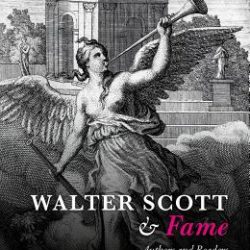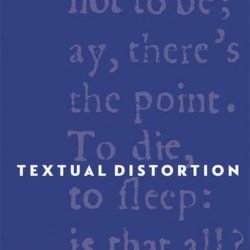This collaborative book uses Raymond Klibansky as a window through which the reader can become acquainted with the agents and circumstances the philosopher encountered and navigated throughout his life. Although the book demonsrates how Klibansky was the result of his context, it is also clear that his intellectual journey, his philosophical and philological enterprises, and his rigorous commitment to knowledge changed the intellectual landscapes of Art History, Medieval Studies, and Philosophy. The title accurately depicts the focus of the book; a discussion of Klibansky that does not acknowledge the network surrounding the Warburg Library is not possible, just as an attempt to revise the history of The Warburg Institute without mention of Klibansky’s contributions would be unimaginable.
Tag: Europe
Introducing Early Editions: Conversations with Emerging Researchers
In the absence of in-person conferences and networking opportunities due to COVID-19, SHARP News is pleased to present a new feature, Early Editions: Conversations with Emerging Researchers. Early Editions pairs an emerging researcher with an established SHARPist with similar interests and flips the script: through informal dialogue, the established scholar introduces the work and interests of the early-career researcher to the broader SHARP community. Our first conversation is between Joe Saunders, PhD student at the University of York, and Ian Gadd, Professor in English Literature at Bath Spa University.
Robert Mayer. Walter Scott and Fame. Authors and Readers in the Romantic Age
Professor Mayer’s book is an insightful, eye-opening exploration of the emergence of a new type of literary celebrity at the beginning of the nineteenth century based on close readings of Walter Scott’s correspondence. Considered by Byron himself as “the first man of his time,” Scott is an ideal case study due to the immense popularity he enjoyed during his lifetime as a result of his poetic and novelistic output, especially the Waverley cycle. Beautifully contextualized through comparisons with predecessors such as Pope and Johnson, contemporaries such as Wordsworth, Southey, and Byron, and successors such as Dickens, Hardy, and Hemingway, this study sheds considerable light on the evolution of literary celebrity in general and on the brand of celebrity that Walter Scott embodied in the public consciousness of his time in particular.
Treharne, Elaine and Greg Walker, eds. Textual Distortion
In the introduction to Textual Distortion, a volume of essays published as part of the English Association’s “Essays and Studies” series, Elaine Treharne notes that the process of distortion “remains resolutely associated with the undesirable, the lost or the deceptive” (1). In response to this primarily negative view of distortion, the nine essays that Treharne and her co-editor, Greg Walker, have assembled in this collection document the “varied, dynamic and often positive role of distortion in the transmission and reception of texts” (5). Many of the essays approach distortion from a bibliographic or book-historical perspective, examining the distorting effects of various processes of textual transmission, such as scribal intervention, photo-facsimile reproduction, and digital manipulation. Other essays treat distortion as a mediating factor in the transmission of historical and literary discourse.
Simone Murray, The Digital Literary Sphere
Simone Murray’s The Digital Literary Sphere has a set of ambitious and interrelated objectives. The book proposes to understand digital writing as the product of an industry that is also becoming digital, touching on the ways that the digital sphere creates its own conceptualizations of authorship, marketing, book reviewing and reading. The Digital Literary Sphere additionally features a rationale for thinking of “the digital’s significance for literary culture” (1) via some of the methods and concerns of book history, media studies, and a specific aspect of electronic literary studies. Along the way, Murray considers, and for the most part discards, other ways of understanding digital writing, including literary studies more generally, the Digital Humanities, cultural studies, approaches making use of Bourdieu’s conception of the literary field, and literary sociology. ☛ ☞




